#University of Technology
Text

Watching... 🍃
...
...
...
© Duha Ahmad ( IG: D.AART_3)
#art#artists on tumblr#drawing#my artwrok#cute art#artwork#duha ahmad art#duha ahmad#hijabi girl#hijab#photography#uotechnology art#uotechnology#uot#university of technology#baghdad#رسم#ibispaintx#digital art
11 notes
·
View notes
Text
I think every proffesor should be obligated to take the same exam they give their students, with the same rules and get 100% on it, before they're allowed to make us take it. Don't expect me to get more than you can get on something you were supposed to teach me. I have 10 of those exams in a span of 2 weeks in many different subjects. You could at least give me something you yourself could write.
2 notes
·
View notes
Text
Staatliche Regulierung kann die Gefahren sozialer Medien wirksam eindämmen
Neue Forschungsergebnisse zeigen, dass staatliche Gesetze zur Kennzeichnung und Moderation gefährlicher Inhalte in sozialen Medien wirksam zur Schadensminderung beitragen können, selbst auf schnelllebigen Plattformen wie X (ehemals Twitter).
Social-Media-Beiträge, die Terrorismus und Hass fördern, gefährliche Herausforderungen darstellen, die das Leben von Teenagern gefährden, oder solche, die…

View On WordPress
#École polytechnique fédérale de Lausanne#Elon Musk#Facebook#Halbwertszeit#Infektionskrankheit#Instagram#LinkedIn#Twitter#University of Technology#Sydney#YouTube
0 notes
Text
From Gaza to the Student Protest Movement, with love:

Thank you 💜
#student protest#columbia university#palestine#palestinians#gaza#genocide#mass graves#mass murder#israeli apartheid#israeli occupation#idf terrorists#iof terrorism#war crimes#free palestine#free gaza#justice#university#yale#harvard#stanford#ucla#uc berkeley#tufts university#nyu#boston university#emerson college#students#usa#massachusetts institute of technology#rafah
1K notes
·
View notes
Text
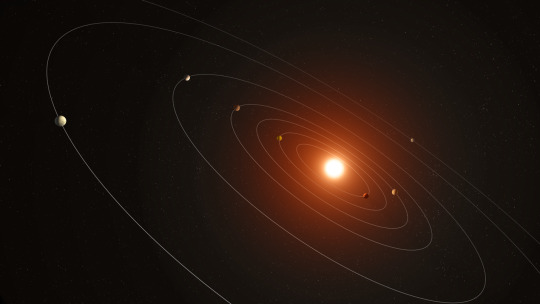
Hot New Planetary System Just Dropped.
We hope you like your planetary systems extra spicy. 🔥
A new system of seven sizzling planets has been discovered using data from our retired Kepler space telescope.
Named Kepler-385, it’s part of a new catalog of planet candidates and multi-planet systems discovered using Kepler.
The discovery helps illustrate that multi-planetary systems have more circular orbits around the host star than systems with only one or two planets.
Our Kepler mission is responsible for the discovery of the most known exoplanets to date. The space telescope’s observations ended in 2018, but its data continues to paint a more detailed picture of our galaxy today.
Here are a few more things to know about Kepler-385:

All seven planets are between the size of Earth and Neptune.

Its star is 10% larger and 5% hotter than our Sun.

This system is one of over 700 that Kepler’s data has revealed.
youtube
The planets’ orbits have been represented in sound.
Now that you’ve heard a little about this planetary system, get acquainted with more exoplanets and why we want to explore them.
Make sure to follow us on Tumblr for your regular dose of space!
#NASA#exoplanets#Kepler#space telescope#space#universe#data sonification#sounds of space#space sounds#tech#technology#telescope#Youtube
4K notes
·
View notes
Text
The James Webb Space Telescope has released new images of Jupiter.

#jupiter#space#astronomy#astrophotography#universe#galaxy#astronout#galaxies#nasa#astro#jupeter#astrology#telescope#james webb space telescope#james webb telescope#james webb images#james webb space technology#james webb photos#planet#planets#solar system#astrologer#astroloji#nasa breaking news#nasa picture of the day#astrophysics
4K notes
·
View notes
Text

Parrots learn to make video calls to chat with other parrots, then develop friendships with each other
Researchers from Northeastern University, in conjunction with scientists from MIT and the University of Glasgow, conducted a study exploring the impact of teaching a group of domesticated birds to communicate using tablets and smartphones. The findings indicate that utilizing video calls may assist parrots in mimicking the communication patterns observed in wild birds, potentially enhancing their behavior and overall well-being in the homes of their owners.
via smithsonianmag.com
#parrot#mit#northeastern university#university of glasgow#study#animals#technology#video call#wild birds#TechForPets#Animal research#animal behavior
2K notes
·
View notes
Text

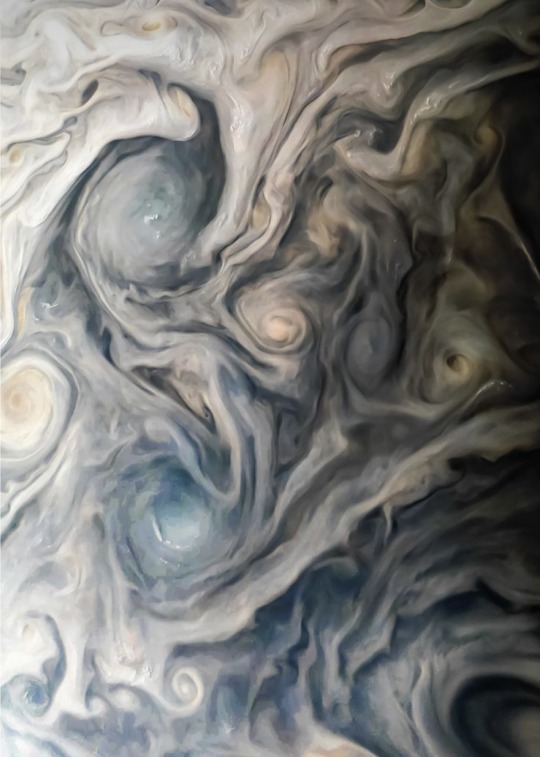




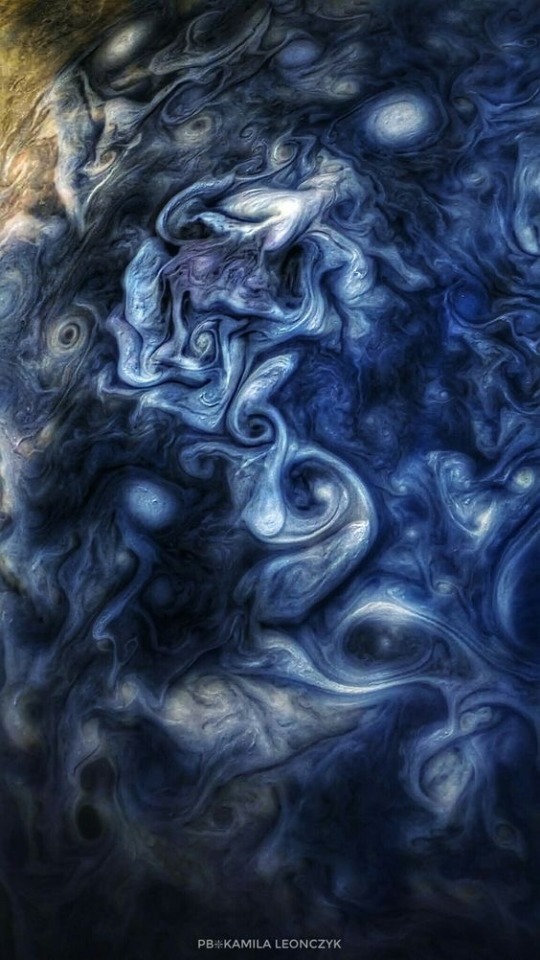
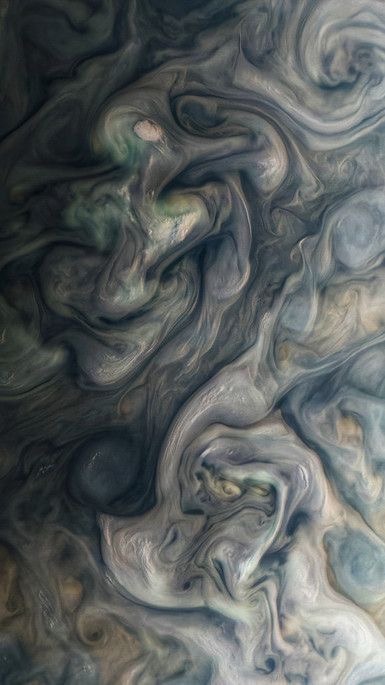
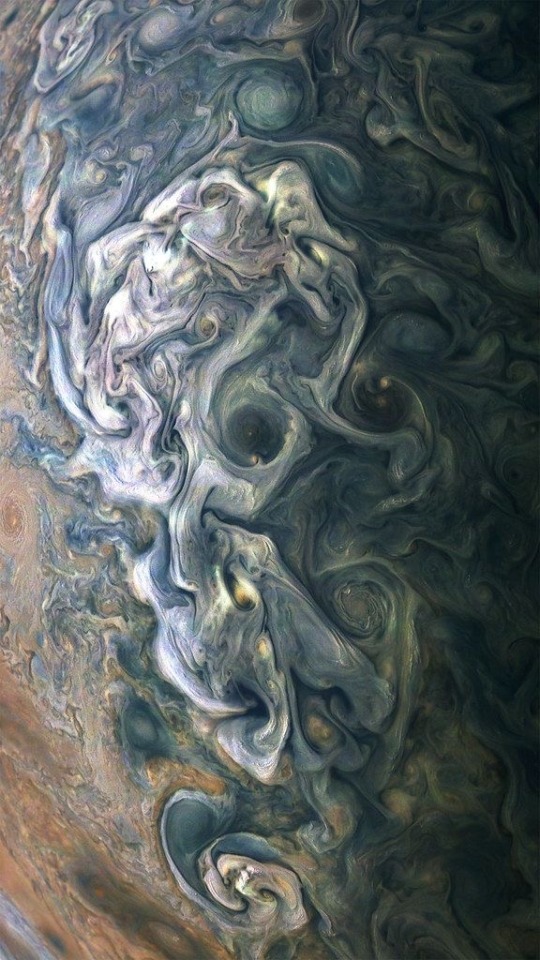
My favorite most beautiful planet in the solar system! Jupiter!

Keep looking!!! I'm uploading more
#jupiter#space station#hubble space telescope#space science#outer space#space#james webb images#james webb#james webb photos#james webb space technology#nasa#nasa photos#nasawebb#nasa picture of the day#astronomers#astrophotography#astrophysics#astronomy#solar system#universe
1K notes
·
View notes
Text
"In a first-ever human clinical trial, an mRNA cancer vaccine developed at the University of Florida successfully reprogrammed patients’ immune systems to fiercely attack glioblastoma, the most aggressive and lethal brain tumor.
The results in four adult patients mirrored those in 10 pet dog patients suffering from brain tumors whose owners approved of their participation.
The discovery represents a potential new way to recruit the immune system to fight treatment-resistant cancers using an iteration of mRNA technology and lipid nanoparticles, similar to COVID-19 vaccines, but with two key differences: use of a patient’s own tumor cells to create a personalized vaccine, and a newly engineered complex delivery mechanism within the vaccine.
“Instead of us injecting single particles, we’re injecting clusters of particles that are wrapping around each other like onions,” said senior author Elias Sayour, M.D., Ph.D., a UF Health pediatric oncologist who pioneered the new vaccine, which like other immunotherapies attempts to “educate” the immune system that a tumor is foreign.
“These clusters alert the immune system in a much more profound way than single particles would.”
Among the most impressive findings was how quickly the new method spurred a vigorous immune-system response to reject the tumor, said Sayour, principal investigator at the University’s RNA Engineering Laboratory and McKnight Brain Institute investigator who led the multi-institution research team.
“In less than 48 hours, we could see these tumors shifting from what we refer to as ‘cold’—very few immune cells, very silenced immune response—to ‘hot,’ very active immune response,” he said.
“That was very surprising given how quick this happened, and what that told us is we were able to activate the early part of the immune system very rapidly against these cancers, and that’s critical to unlock the later effects of the immune response,” he explained in a video (below).
Glioblastoma is among the most devastating diagnoses, with median survival around 15 months. Current standard of care involves surgery, radiation and some combination of chemotherapy.
The new report, published May 1 in the journal Cell, is the culmination of seven years of promising studies, starting in preclinical mouse models.
In the cohort of four patients, genetic material called RNA was extracted from each patient’s own surgically removed tumor, and then messenger RNA (mRNA)—the blueprint of what is inside every cell, including tumor cells—was amplified and wrapped in the newly designed high-tech packaging of biocompatible lipid nanoparticles, to make tumor cells “look” like a dangerous virus when reinjected into the bloodstream to prompt an immune-system response.
The vaccine was personalized to each patient with a goal of getting the most out of their unique immune system...
While too early in the trial to assess the clinical effects of the vaccine, the patients either lived disease-free longer than expected or survived longer than expected. The 10 pet dogs lived a median of 4.5 months, compared with a median survival of 30-60 days typical for dogs with the condition.
The next step, with support from the Food and Drug Administration and the CureSearch for Children’s Cancer foundation, will be an expanded Phase I clinical trial to include up to 24 adult and pediatric patients to validate the findings. Once an optimal and safe dose is confirmed, an estimated 25 children would participate in Phase 2."
-via Good News Network, May 11, 2024
youtube
-video via University of Florida Health, May 1, 2024
#cw cancer#cw death#cw animal death#medical news and technology#cancer#brain cancer#cancer treatment#tumor#brain tumor#florida#university of florida#medicine#biology#cell biology#mrna#mrna vaccine#vaccines#oncology#good news#hope#Youtube
407 notes
·
View notes
Text
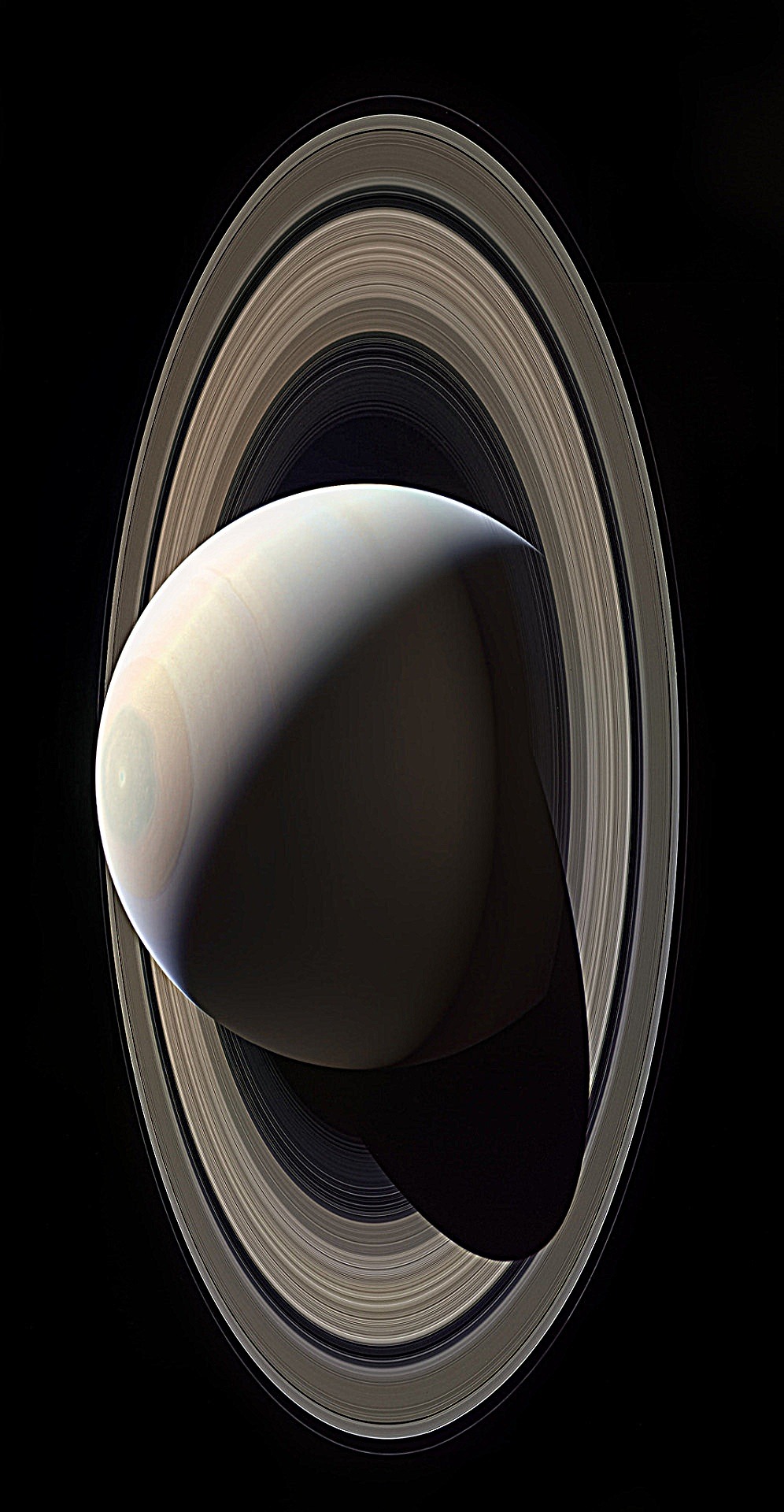
2K notes
·
View notes
Text

⚠️
...
...
...
© 2024 Duha Ahmad ( IG: D.AART_3)
#art#artists on tumblr#drawing#my artwrok#photography#duha ahmad#duha ahmad art#hijabi#uotechnology art#uotechnology#university of technology#ibispaint art#ibispaintx#iraq#digital art#digital aritst#الجامعة التكنولوجية#رسم#my artwok
3 notes
·
View notes
Text
Exam session at a Polish University makes you so metally exhausted, that you cry all the time and traumatises you so much, that 30 years later people still have nightmares about it.
Why are the proffessors such assholes?! Can they say what the fuck they want from me?!
The undiagnosed and unmedicated adhd is not helping at all.
#university student#university#exam stress#university of technology#fucking kill me#fuck math#fuck autocad#adult adhd
0 notes
Text



Paranatural women and their sidekicks!
is it just me or so they have the same hairstyles?
#FBC coffee is disgusting actually#casey gets the uncool mug too#alan wake 2#saga anderson#alex casey#jesse faden#emily pope#control remedy#control 2019#control game#remedy games#remedy connected universe#artists on tumblr#my art#fan art#fanart#control game fanart#alan wake fanart#very excited for all the new technological advances Remedy is doing#that way they can finally have more than ponytails headbuns and whatever emily's and casey's haircut is called lmao
953 notes
·
View notes
Text
thought of the day, aventurine who cannot stand coworker!reader in front of others but, is actually leading the [ aventurine x reader ] ship group in secret.
#one day you find that you're being shipped with your insufferable colleague who hates you and apparently it's a big thing in the#multiverse-net#and the account leading the ship seems to know *every* interaction in suspicious details#but you cannot for the life of you find out who is behind the screen#aventurine pays people to make multiple accounts just to increase views of those post#if he was born in a different universe where technology is behind he'd be playing with dolls that look like you instead /j#aventurine brainrot#aventurine x reader#yandere aventurine#yandere aventurine x reader#aventurine x you#honkai star rail x reader#yandere honkai star rail#yandere hsr#hsr x reader#edit: you can check the reblogs for more thoughts!
419 notes
·
View notes
Text
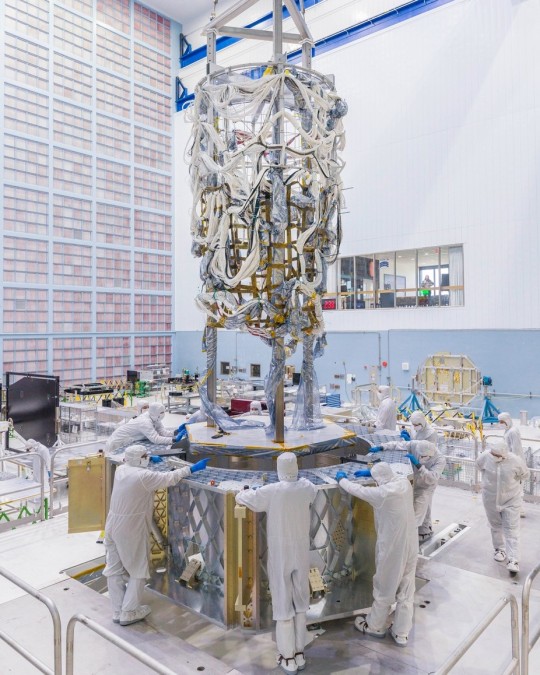
The Nancy Grace Roman Space Telescope’s flight harness is transferred from the mock-up structure to the spacecraft flight structure.
Your Body is Wired Like a NASA Space Telescope. Sort Of.
If our Nancy Grace Roman Space Telescope were alive, its nervous system would be the intricate wiring, or “harness,” that helps different parts of the observatory communicate with one another. Just like the human body sends information through nerves to function, Roman will send commands through this special harness to help achieve its mission: answering longstanding questions about dark energy, dark matter, and exoplanets, among other mind-bending cosmic queries.
Roman’s harness weighs around 1,000 pounds and is made of about 32,000 wires and 900 connectors. If those parts were laid out end-to-end, they would be 45 miles long from start to finish. Coincidentally, the human body’s nerves would span the same distance if lined up. That’s far enough to reach nearly three-fourths of the way to space, twice as far as a marathon, or eight times taller than Mount Everest!

An aerial view of the harness technicians working to secure Roman’s harness to the spacecraft flight structure.
Over a span of two years, 11 technicians spent time at the workbench and perched on ladders, cutting wire to length, carefully cleaning each component, and repeatedly connecting everything together.
Space is usually freezing cold, but spacecraft that are in direct sunlight can get incredibly hot. Roman’s harness went through the Space Environment Simulator – a massive thermal vacuum chamber – to expose the components to the temperatures they’ll experience in space. Technicians “baked” vapors out of the harness to make sure they won’t cause problems later in orbit.

Technicians work to secure Roman’s harness to the interior of the spacecraft flight structure. They are standing in the portion of the spacecraft bus where the propellant tanks will be mounted.
The next step is for engineers to weave the harness through the flight structure in Goddard’s big clean room, a space almost perfectly free of dust and other particles. This process will be ongoing until most of the spacecraft components are assembled. The Roman Space Telescope is set to launch by May 2027.
Learn more about the exciting science this mission will investigate on X and Facebook.
Make sure to follow us on Tumblr for your regular dose of space!
#NASA#astronomy#telescope#Roman Space Telescope#engineering#space hardware#dark energy#dark matter#space#technology#tech#universe
4K notes
·
View notes